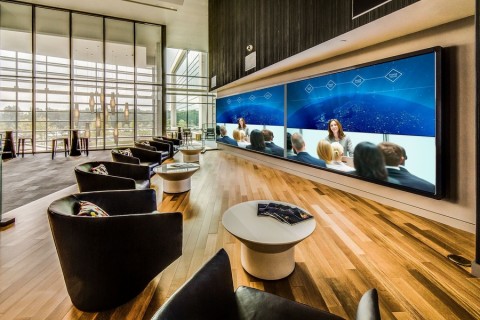The Impact of Security Cameras on Dissuading Criminal Behavior and Improving Community Security
Wiki Article
Surveillance cameras have become a common presence in many communities, educational institutions, and commercial establishments. Their presence is often associated with increased security and a reduction in crime. The main function of these cameras is to observe actions in public areas, which can help discourage criminal behavior. When possible criminals see a security device, they may consider twice before engaging in a crime, realizing that their actions are being recorded. This preventive effect is one of the primary motivations why communities allocate resources in monitoring technology.
Studies has demonstrated that areas fitted with surveillance cameras often see a decline in criminal behavior. For instance, research suggest that neighborhoods with prominent surveillance systems report fewer occurrences of property damage, theft, and other offenses. This reduction can be linked to the increased chance of being identified on camera, which serves as a strong incentive for individuals to steer clear of illegal conduct. Additionally, the presence of cameras can boost the feeling of security among residents, making them more prone to engage in local events and feel secure recommended read in their surroundings.
In furthermore to preventing criminal activity, security devices can also play a critical part in investigating crimes that do occur. When a criminal act is perpetrated, footage from security cameras can provide important proof for police. This information can help recognize suspects, establish timelines, and clarify the circumstances of an event. As a consequence, surveillance cameras not only help prevent crime but also assist in the investigation and legal action of criminals. This twofold role makes them an essential tool for maintaining public security.
Additionally, the implementation of security cameras can foster a sense of accountability among community members. When individuals are aware they are being monitored, they may be not as prone to participate in undesirable actions, such as polluting or hanging around. This heightened responsibility can lead to a more respectful and accountable neighborhood environment. Furthermore, security cameras can encourage positive interactions among residents, as they may feel more comfortable knowing that their community is being watched for security.
While surveillance devices offer many advantages, it is crucial to take into account personal privacy issues. Some people may feel uneasy with the concept of being continuously watched. Therefore, it is vital for neighborhoods to find a balance between safety and privacy. Clear guidelines on the use of security cameras, including where they are placed and how the footage is used, can help mitigate these issues. By encouraging transparent dialogue and clarity, neighborhoods can guarantee that surveillance devices serve their intended purpose of enhancing safety while respecting individual rights.
